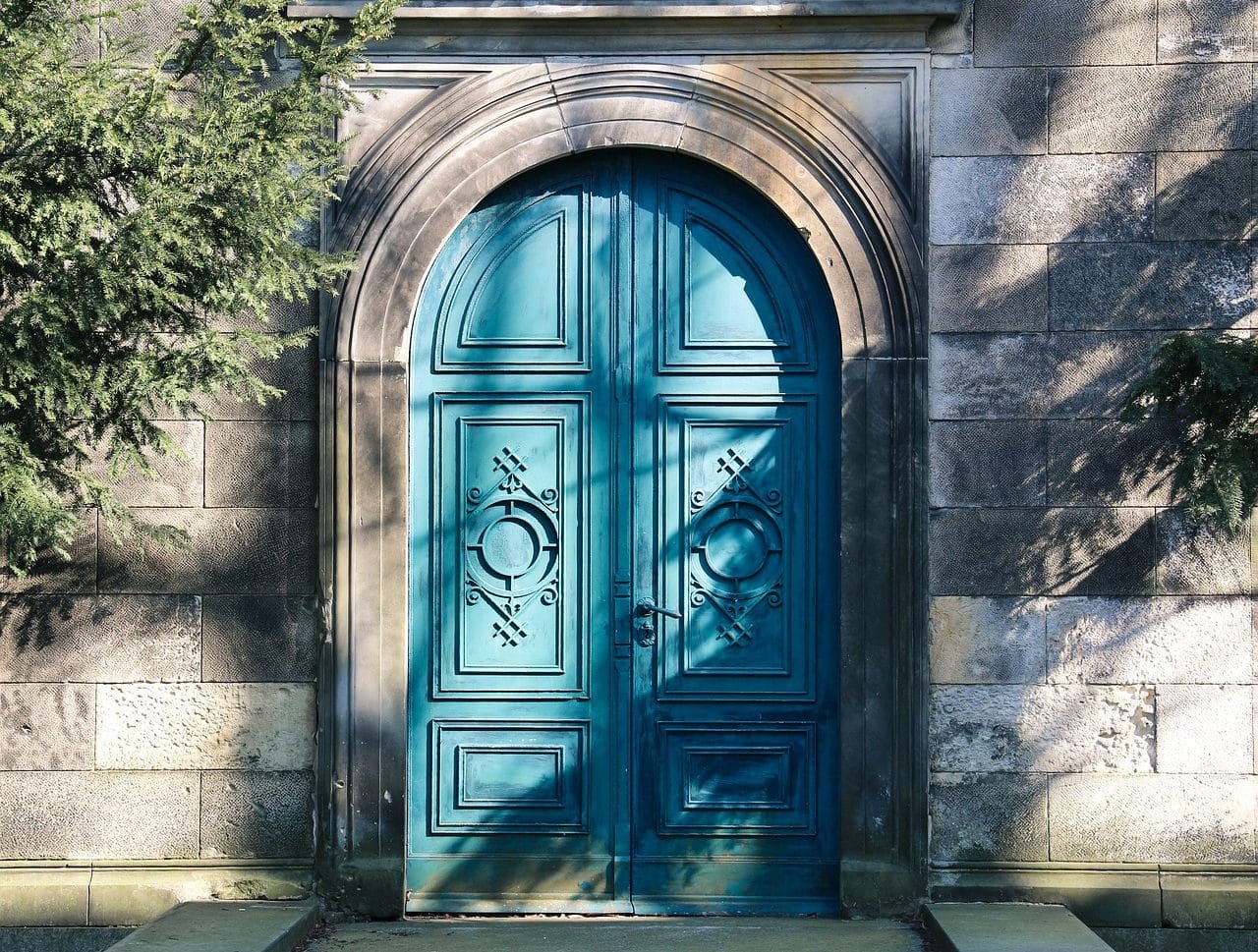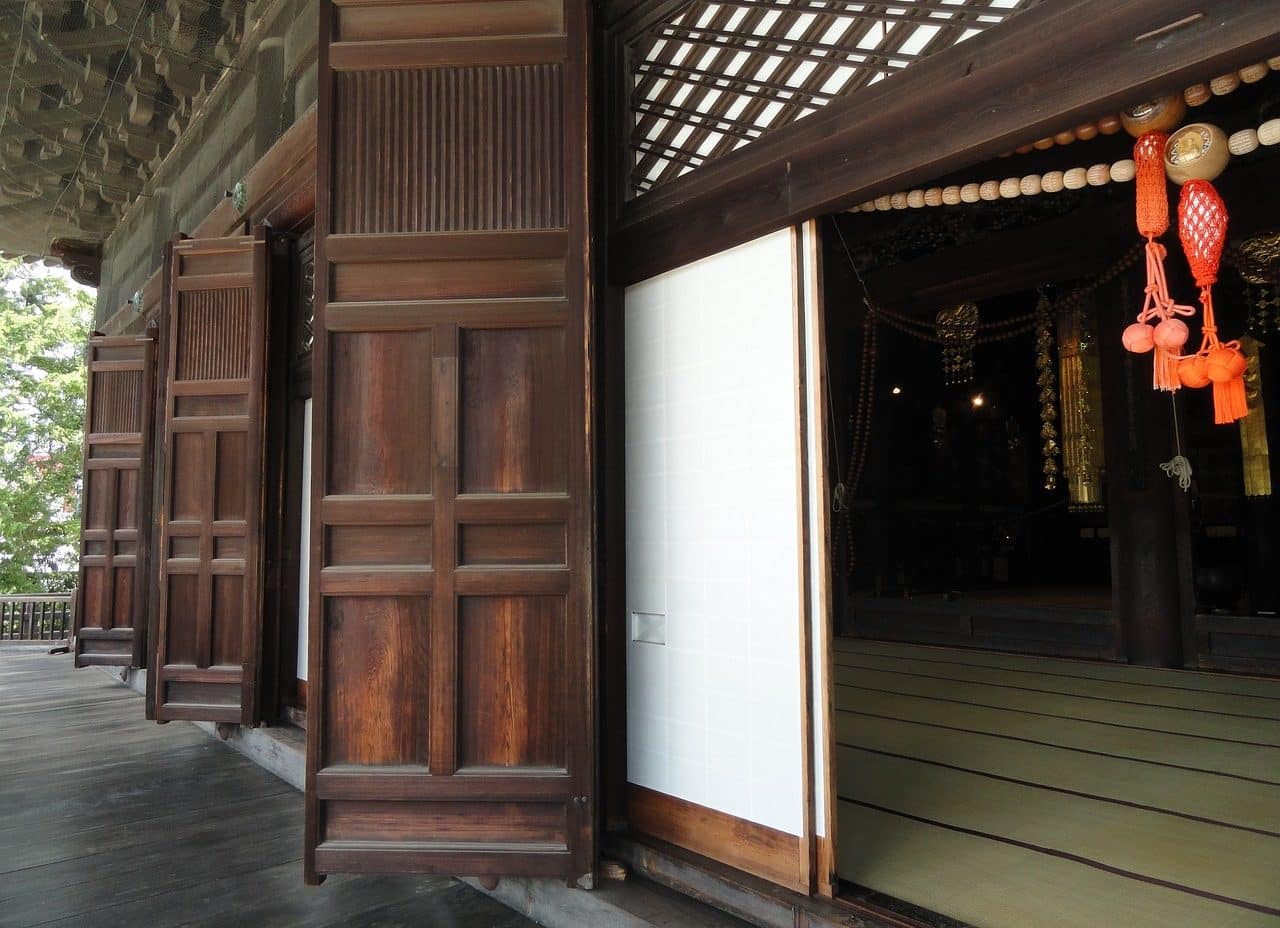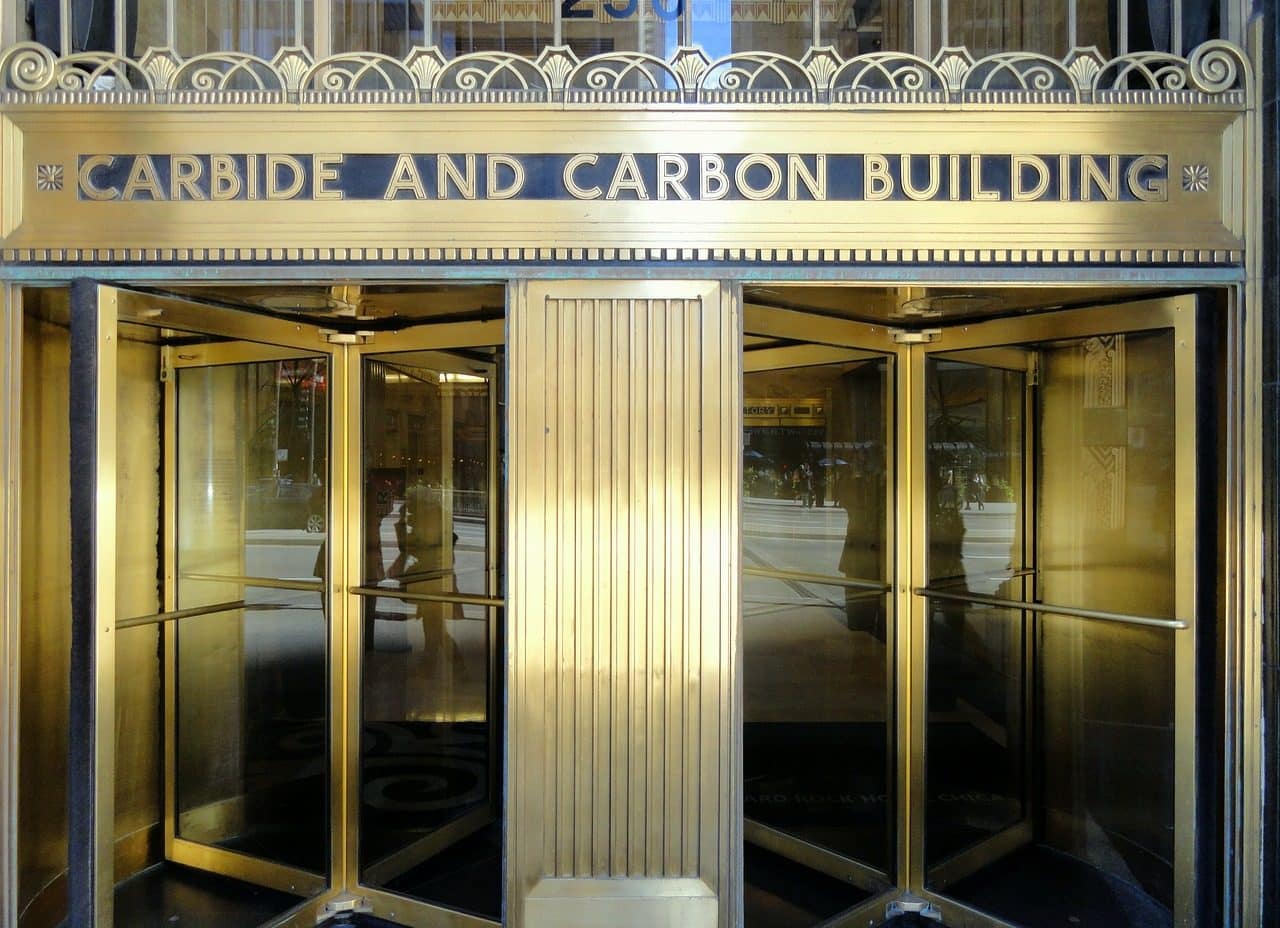
The door allows entry or exit from a building, vehicle or other closed space.
A door is an opening , threshold , or barrier that allows access to or exit from an enclosed space. Historically, doors have played a crucial role in human daily life, being fundamental elements in architecture, security and social interaction.
Since ancient times, doors have been symbols of entry and transition . They have practical importance in providing security and privacy to inhabited spaces, while allowing the controlled flow of people and objects, sometimes complemented by signs indicating "entry permitted" or "entry prohibited", for example. In terms of architecture, doors often reflect the style of an era and are design elements that contribute to the aesthetics of buildings and structures.
In a broader context, doors have been protagonists in numerous cultural and symbolic traditions. They can represent opportunities, new beginnings , or even challenges that need to be overcome. In the social sphere, they are meeting points, where people enter and leave, marking the beginning and end of experiences.
Throughout history, gates have also been impressive and strategic constructions in fortifications and cities. Monuments often symbolize the greatness and importance of a place. Notable examples include ancient city gates such as the Brandenburg Gate in Berlin or the Ishtar Gate in Babylon.
Types according to their design
- Sliding door : Also called a sliding door , it moves horizontally along a rail. It is commonly used in areas where space is limited or where a modern, minimalist aesthetic is sought;
- swing door : it is the most common and traditional. It opens inwards or outwards using hinges located on the vertical side. It offers a complete opening , facilitating the passage of people and objects. It is common in main entrances to homes and buildings;
- revolving door - is a special type of entrance consisting of circular leaves that rotate around a central vertical axis. This design allows for a constant flow in and out without allowing significant drafts, making it ideal for locations with heavy traffic, such as commercial buildings and hotels;
- automatic door : opens and closes automatically using sensors, switches or remote controls. It is common in public places and shopping centers. Automation adds convenience and, in some cases, improves energy efficiency by minimizing the time the door spends open;
- double door : consists of two leaves that open in the center, providing a wider opening. This design is common in elegant main entrances and larger spaces, such as event rooms or hotel lobbies. Double doors can be swinging or sliding;
- folding door – consists of panels that fold in on themselves when opened. This type of door is ideal for maximizing space as it folds compactly when open. It is commonly used in residential and commercial areas where flexibility in design and functionality is sought.
Each type of door has its own advantages and is chosen based on the specific needs of the space and aesthetic preferences. The diversity of options allows it to adapt to a wide variety of situations and architectural styles.

The sliding door moves horizontally, saving space during opening.
Types according to their function
- Emergency door : it is designed to be used in critical situations or rapid evacuations. It is usually strategically located in public and commercial buildings and usually opens easily from the inside, providing a safe escape route in case of emergency;
- Main door : It is the most important entrance to a structure, whether it is a house , a commercial or institutional building. It is usually a prominent door designed with attention to aesthetics, since it is the first impression that visitors have of the place;
- rear door – usually located at the back of a structure and may serve as a secondary entrance or exit , often used for access to patios, gardens, or service areas;
- interior door – divides spaces within a structure and provides privacy. It can be single or double and is designed to separate rooms and internal areas, contributing to functionality and interior design;
- exterior door – Provides access from the interior of a structure to the exterior, such as the front door or patio doors. It is designed to withstand weather conditions and provide additional security;
- security door - is designed to offer a higher level of resistance against intrusions. It usually has additional reinforcements, stronger locks and resistant materials to provide a stronger barrier ;
- fire door – is designed to resist the spread of fire and smoke in a building. It usually has fire retardant properties and is used in areas where additional fire protection is required;
- watertight door : it is designed to be airtight and prevent the infiltration of air, water or sound. It is used in environments where temperature, humidity or noise control is required, such as in industrial facilities or refrigeration rooms;
- secret door : it is hidden or camouflaged to go unnoticed. It is often integrated into shelving, wall panels or architectural elements, adding an element of surprise or mystery to a space.
Each type of door serves a specific function and is selected based on security requirements, design and intended use in a structure.

The revolving door is common in public places and shopping malls.
Types according to their materials
- Armored door : it is reinforced with resistant materials, such as steel, to offer greater security. It usually has a metal core and may include additional layers of impact-resistant materials, making it more difficult to penetrate;
- wooden door : it is classic and popular due to its warmth and natural aesthetics. It can be made of various woods and can have different styles and finishes. Wooden doors are common both indoors and outdoors;
- metal door : it is durable and resistant. Made from materials such as steel or aluminum, it is ideal for outdoor applications due to its ability to withstand inclement weather. It is also often used in industrial and commercial settings;
- glass door : brings light and a modern look to spaces. It can be single, double or sliding and is common in areas where transparency is sought, such as store entrances, offices or patios;
- screen door – Used outdoors and designed to allow air circulation while keeping out insects and other unwanted elements. It is usually made of metal or wood with a fine mesh;
- grille door : it is equipped with a structure of bars or slats, usually made of metal, which provides additional security. These doors are commonly used at main entrances or as exterior doors to increase protection;
- armored door : similar to the armored door, it is designed to offer a high level of security. It is constructed with additional layers of resistant materials and reinforced with elements such as steel plates, offering robust protection against intrusions.
